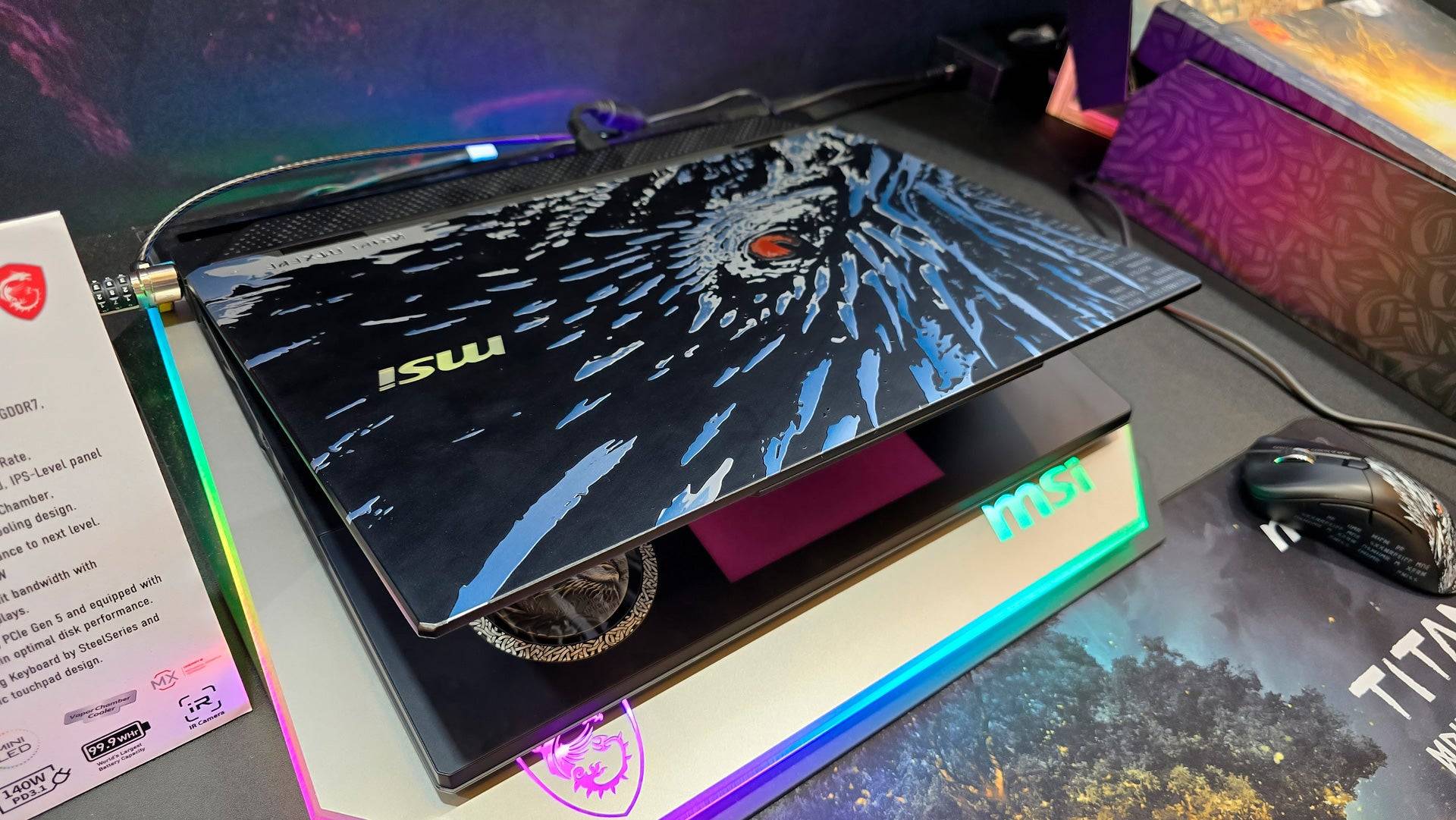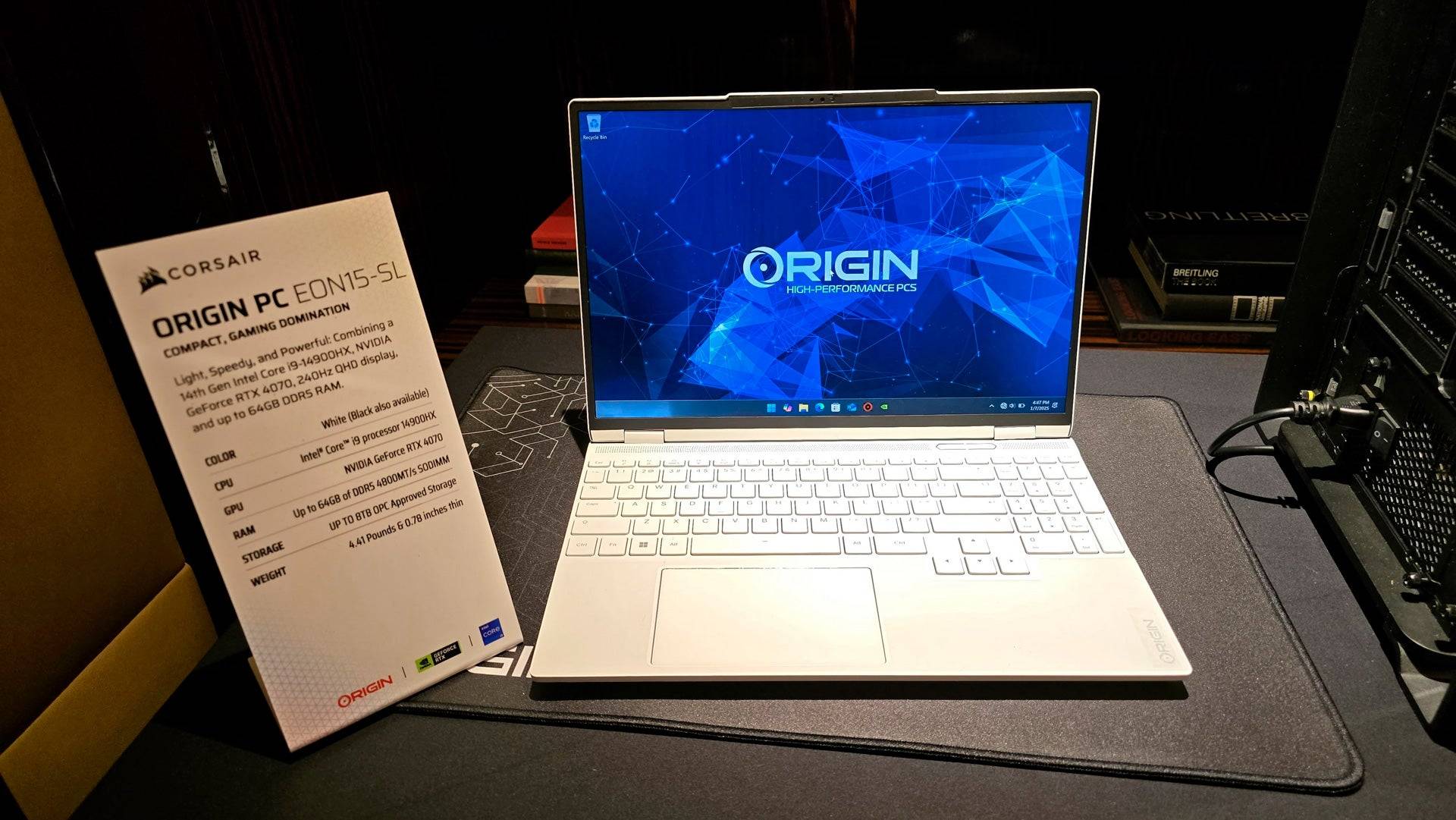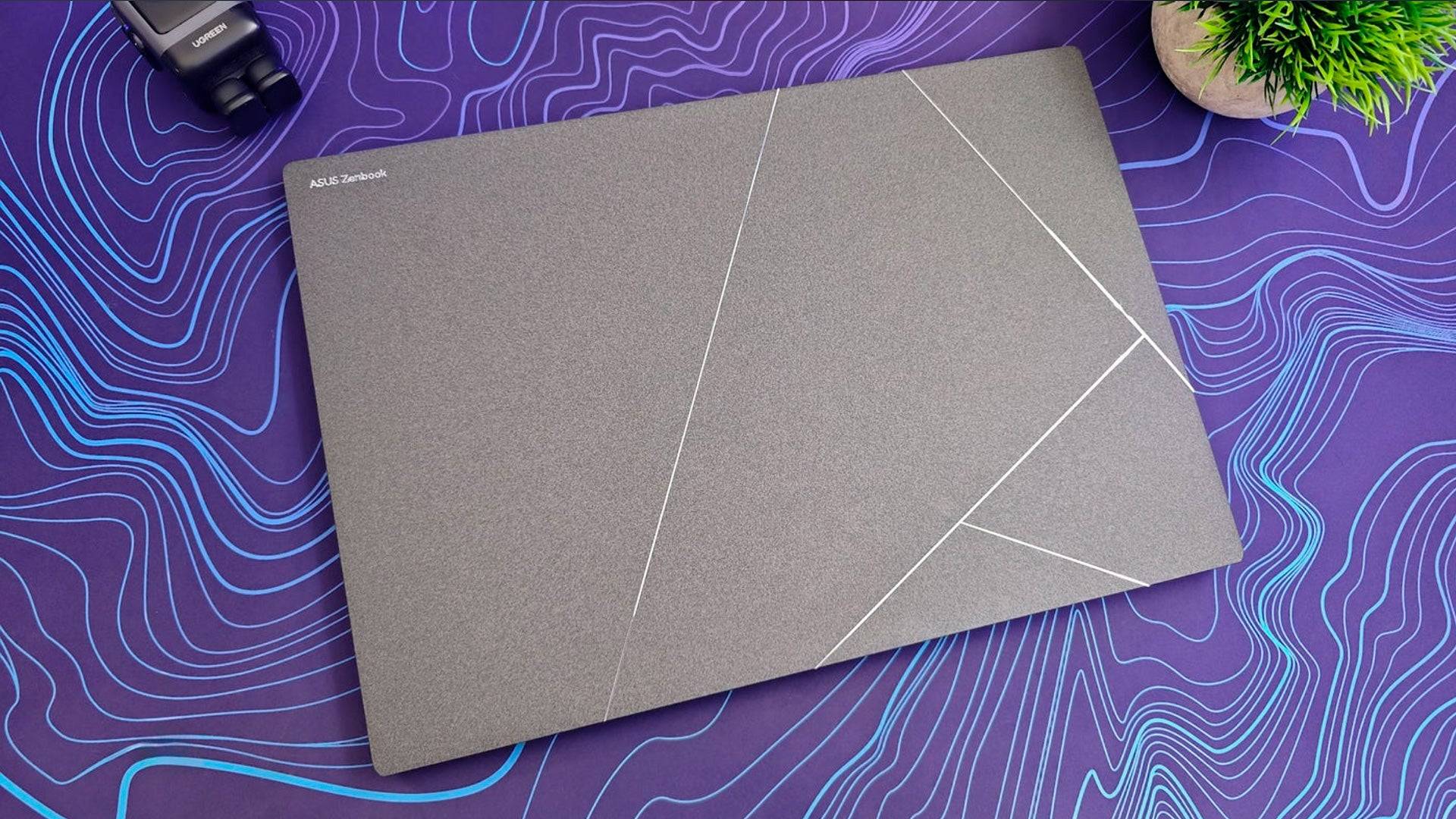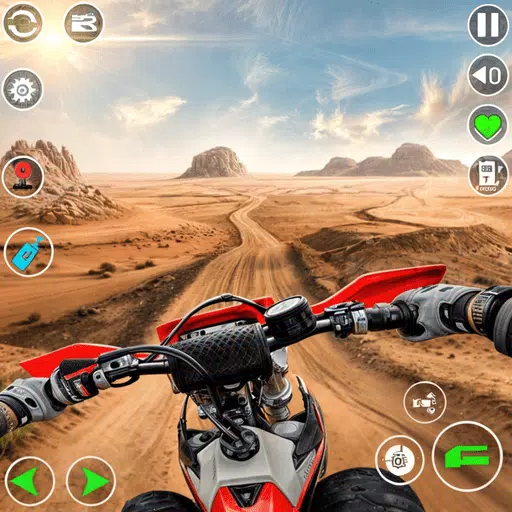CES 2025 Unveils Latest Gaming Laptop Trends
The Consumer Electronics Show (CES) always showcases a plethora of laptops, and this year's event was no different. I thoroughly explored the show floor, as well as various packed suites and showrooms, to uncover the latest trends shaping the world of gaming laptops in 2025. Here are the key themes that stood out in this year's gaming laptop lineup.
A Huge Diversity of Designs
The diversity in gaming laptop designs has reached new heights this year. Brands like Gigabyte and MSI are increasingly merging the worlds of productivity and gaming, creating devices that offer something unique beyond just raw hardware power. You'll find gaming laptops ranging from sleek, professional-looking models like the Gigabyte Aero series, which can easily blend into a business environment, to bold statements like the MSI Titan 18 HX AI Dragonforged Edition, featuring eye-catching graphics on the lid to clearly showcase its gaming prowess.
 RGB lighting remains a staple, with innovations like wrap-around lighting rings, illuminated mechanical keyboards, side-lights, rear-lights, and even trackpad lights. The Asus ROG Strix Scar series impressed with its AniME Dot Matrix LED display, which can showcase text, animations, and more on its lid using white LEDs.
RGB lighting remains a staple, with innovations like wrap-around lighting rings, illuminated mechanical keyboards, side-lights, rear-lights, and even trackpad lights. The Asus ROG Strix Scar series impressed with its AniME Dot Matrix LED display, which can showcase text, animations, and more on its lid using white LEDs.
While the core design principles remain familiar, expect to see novel features alongside the traditional range of gaming laptops, from hefty powerhouses to slim and portable devices with varied hardware configurations.
 AI Assistants are Coming
AI Assistants are Coming
Last year saw AI being touted as a feature for laptops, but the integrations were often lacking. This year, however, multiple vendors showcased AI Assistants designed to streamline PC control without needing to manually open software. For example, an MSI demo featured a chatbot that could adjust performance settings to match the intensity of the game being played, simply based on user input.
I remain skeptical about the efficiency of these AI systems. Although they're intended to work offline, I'm not convinced they're any faster than manual adjustments. We'll need to see their real-world performance to determine their true value.
Mini-LED, Rollable Displays and Other Novelties
Mini-LED technology is making significant strides in the gaming laptop space. Asus, MSI, and Gigabyte showcased Mini-LED laptops with top-tier specs and premium pricing. These displays boast over 1,100 local dimming zones to minimize blooming, enhance contrast, and deliver stunning brightness and color. While OLED still leads in contrast, Mini-LED's lack of burn-in risk and higher sustained brightness are promising signs for future models.
Innovative novelties also caught my eye. The ASUS ROG Flow X13, back after a year's hiatus, now features eGPU support via USB4, offering a powerful yet portable gaming solution. Asus also displayed its Zenbook Duo, a dual-screen productivity laptop, but Lenovo's ThinkBook Plus Gen 6 Rollable stole the show. This laptop features the first rollable OLED display, expanding from 14 inches to 16.7 inches at the touch of a button. Though the extension mechanism raises durability concerns, it's an exciting development that could improve with time and broader adoption.
 Ultrabooks Continue to Rise, Even for Gaming
Ultrabooks Continue to Rise, Even for Gaming
The rise of ultrabooks is unmistakable, even within gaming line-ups. Major manufacturers are now offering thin, light, and premium gaming laptops, such as Gigabyte's revamped Aero series. These devices cater to gamers who prioritize portability and productivity without needing top-tier gaming performance.
As demonstrated in my review of the Asus TUF Gaming A14, these ultrabooks can handle dedicated graphics cards without compromising their on-the-go productivity. Moreover, with the latest AMD and Intel processors featuring enhanced integrated graphics and performance-boosting technologies like AMD FidelityFX Super Resolution and Intel XeSS, even casual gamers can enjoy playable frame rates without the need for a high-end GPU. This raises questions about the necessity of entry-level GPUs like the RTX 4050M in the future.
Cloud gaming services like Xbox Cloud Gaming and Nvidia GeForce Now further enhance the appeal of these ultrabooks, offering robust gaming experiences without the need for a dedicated gaming laptop.
 Throughout the year, we'll continue to explore these exciting developments in the gaming laptop industry. What caught your eye at CES? Share your thoughts in the comments below!
Throughout the year, we'll continue to explore these exciting developments in the gaming laptop industry. What caught your eye at CES? Share your thoughts in the comments below!
-
Death Stranding 2: On the Beach director Hideo Kojima allegedly revamped significant portions of the game midway through development after playtesters responded "too positively," stating he actively avoids creating "mainstream" content.The insight coAuthor : Emery Dec 14,2025
-
Budget-Friendly Gaming Monitor DealGamers seeking an affordable display will want to jump on this limited-time Amazon Prime Day offer. For today only, Amazon's Lightning Deal features a 27" KTC gaming monitor priced at just $98.59 shipped. With overAuthor : Noah Dec 13,2025
-
 |Poppy Playtime| Walkthrough|Download
|Poppy Playtime| Walkthrough|Download -
 Casus Kim - Who's spy?Download
Casus Kim - Who's spy?Download -
 Poker Boss: Texas Holdem OfflineDownload
Poker Boss: Texas Holdem OfflineDownload -
 Pokdeng OnlineDownload
Pokdeng OnlineDownload -
 Escape Giant ObbyDownload
Escape Giant ObbyDownload -
 Motocross Dirt Bike Racing 3DDownload
Motocross Dirt Bike Racing 3DDownload -
 Drum Studio: Bateria VirtualDownload
Drum Studio: Bateria VirtualDownload -
 Number Boom - Island KingDownload
Number Boom - Island KingDownload -
 iFruitDownload
iFruitDownload -
 GunStar MDownload
GunStar MDownload
- Black Ops 6 Zombies: How To Configure The Summoning Circle Rings on Citadelle Des Morts
- Harvest Moon: Lost Valley DLC and Preorder Details Revealed
- Roblox: Latest DOORS Codes Released!
- Silent Hill 2 Remake Coming to Xbox and Switch in 2025
- Roblox: Blox Fruits Codes (January 2025)
- Roblox: Freeze for UGC Codes (January 2025)








![Taffy Tales [v1.07.3a]](https://imgs.ehr99.com/uploads/32/1719554710667e529623764.jpg)




